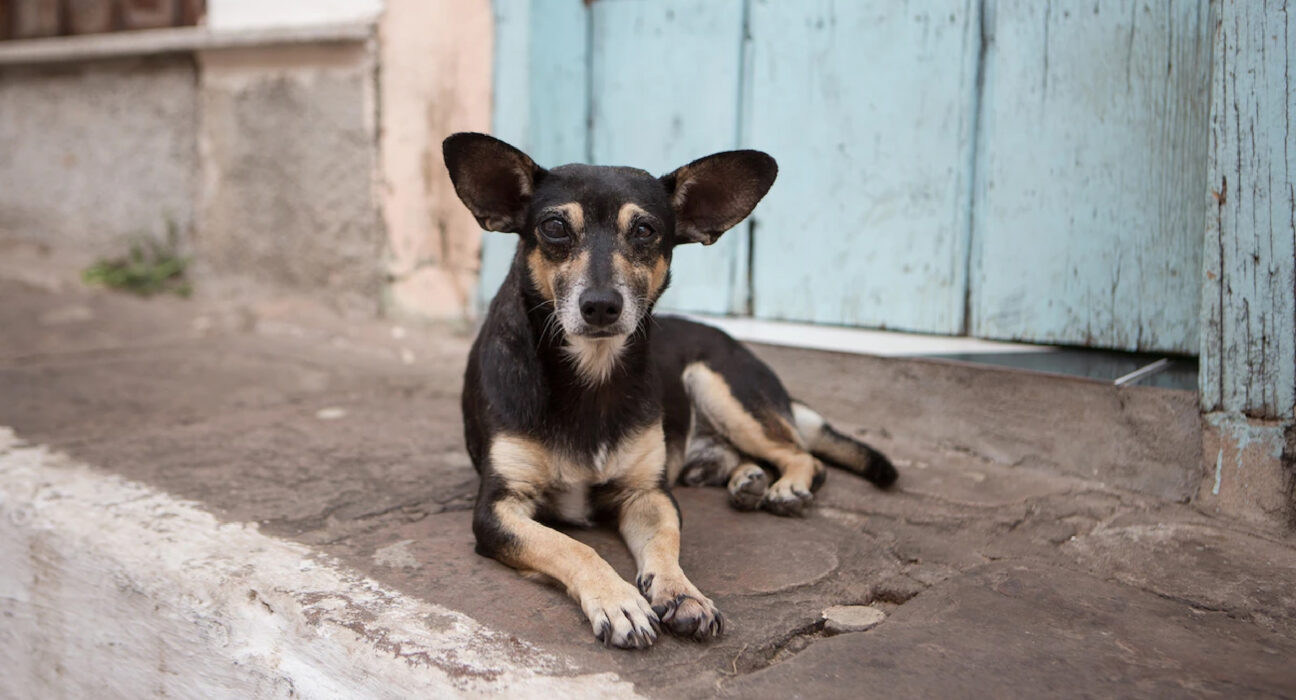Tips from Humane Society of the US.
BY: Lisa Marie Carter
Safety first
A strange, frightened, and possibly sick or injured animal can behave unpredictably. A sudden move on your part, even opening your car door, can spook them and cause them to bolt—possibly right onto the highway. If the animal looks or acts threatening, or if you feel uneasy about the situation, stay in your car.
If possible, restrain the animal. Create a barrier or use a carrier, leash, piece of cloth, or length of rope to keep the animal in the area. Signal approaching vehicles to slow down if you cannot confine the animal or divert traffic around them if they appear to be injured and are still on the roadway.
Use caution
Use caution when approaching the animal. Should you succeed in getting close enough to capture them, you stand a good chance of being scratched or bitten.
When moving toward the animal, speak calmly to reassure them. Make sure they can always see you as you approach, and perhaps entice them to come to you by offering strong-smelling food such as canned tuna or dried liver.
Lure them into your car
If you are certain, you can get help from animal control very soon, try to lure the animal into your car with food, close the door and wait for help. In most cases it isn’t a good idea to attempt to drive somewhere with a strange dog unrestrained in your car; they may become frantic or aggressive. Cats may do the same, as well as lodge themselves under the car seat, and it can be dangerous trying to extract them.
Call for backup.
If you’re not able to safely restrain the animal, call the local animal control agency (in rural areas, call the police). Do so whether the animal is injured, and whether or not they are wearing an identification tag. Leave your phone number with the dispatcher and try to get an estimate of how long it may take someone to respond. If possible, stay on the scene to keep an eye on the dog or cat until help arrives. Make sure you report to authorities precisely where the animal is by using road names, mile markers or landmarks.
If you know in your heart that you’re a rescuer, why not equip yourself to do the best possible job? Here are some things to always have in your car:
Phone; phone numbers of local animal control, a shelter, and a 24-hour emergency veterinary clinic
PAWS – 864-260-4151
ACHS – (864) 367-7220
24hr. Vet – Magnolia – 864-222-2188 and Upstate Vet 864-920-3503
Cat carrier or cardboard box
Collars and strong leashes for dogs
Heavy blanket; water bowls and water
Strong-smelling foods, such as canned tuna or dried liver
An animal first-aid kit.
On the adoption side of things – What to consider if you are planning to adopt a rescue.
First things first. Remember that adoption should be a lifetime commitment. Adopted dogs need time to adjust.
Once you decide to make that lifelong commitment keep in mind the 3-3-3 Rule. The 3-3-3 Rule is a general guideline of the decompression process for a Canine in a new environment.
Every dog is unique and will adjust differently, so give them space and allow them to go on their own. See the graphic in this article for the basic details.
Next, you’ll need to consider the health and wellbeing of your new family member. Dr. Julie Mefford of Liberty Highway Vet and GELA Foundation says “There is a nationwide shortage of veterinarians and a nationwide shortage of availability of timely veterinary appointments, etc. Meaning: It is best to have your pet established with a veterinarian, so if your pet is experiencing a problem, the pet’s veterinarian will work to get you seen at that facility. Also, if your pet is sick, call to make an appointment immediately, don’t wait days before you call and then try to schedule an emergency appt, because sometimes we simply can’t see the volume of patients demanded in one day.”
Since kittens are often found all around Anderson, we’d be remiss if we didn’t give some insight into this. We contacted Wanda Crane with Anderson County Humane Society for her suggestions. “If you see outside kittens that are very tiny, watch the nest for the mother cat to return to take care of her babies. These are often feral cat moms who must leave the nest to hunt for food. Bring in only if threatened by animals or weather… kittens do so much better if they have a mom and don’t have to be bottle fed.”
Saving one animal won’t change the world but surely for that one animal their whole world will change forever, Get Extraordinary Love: Adopt.




